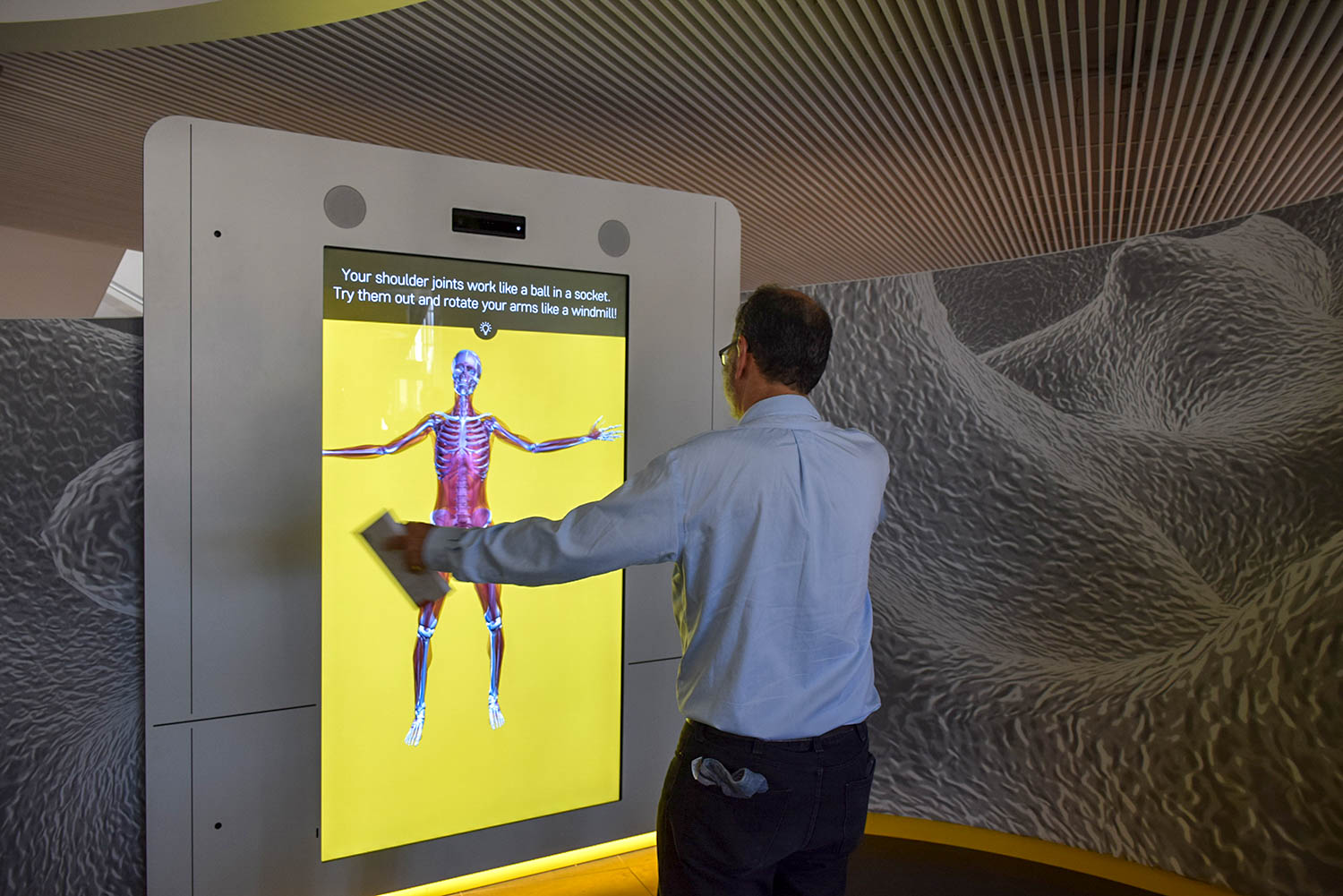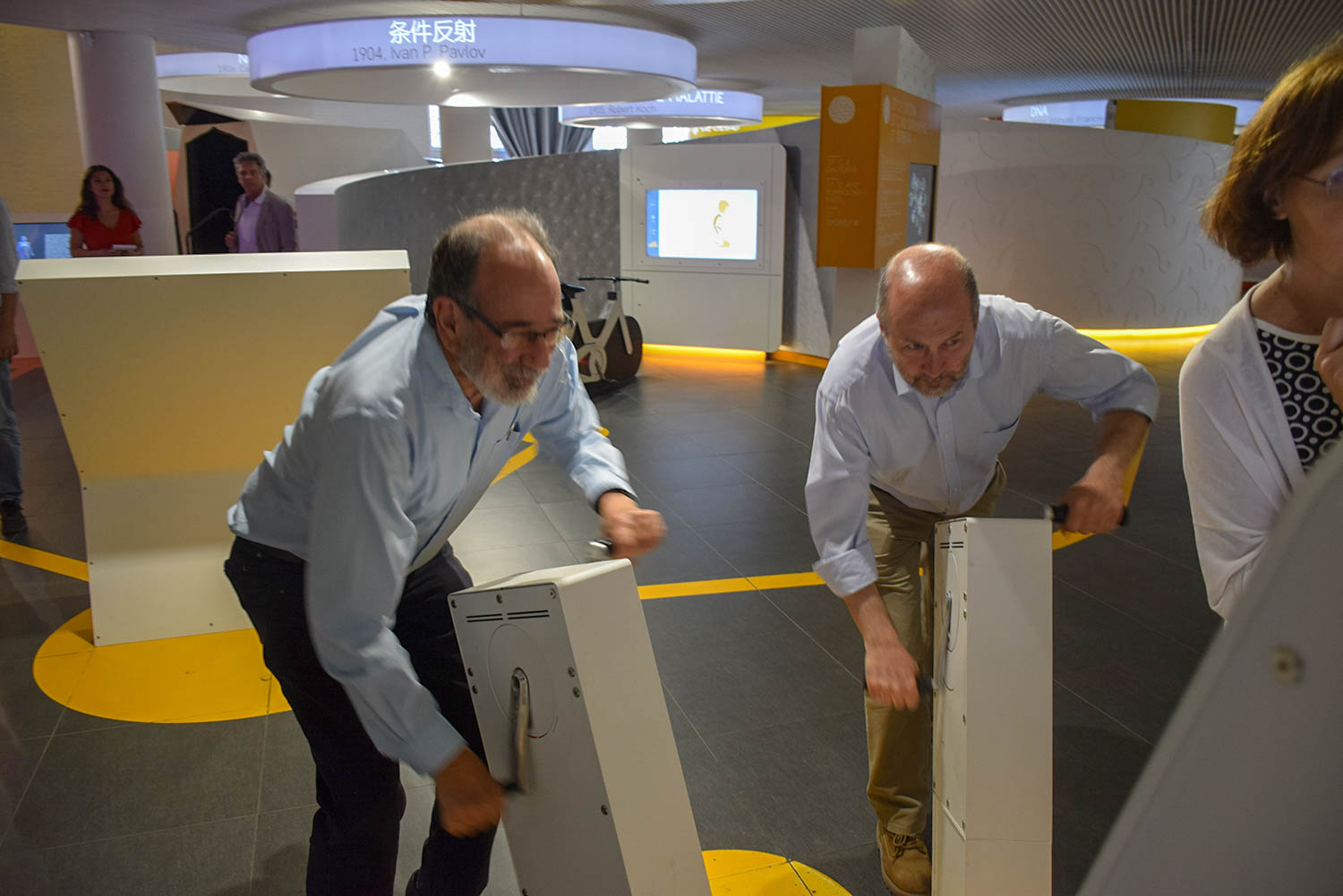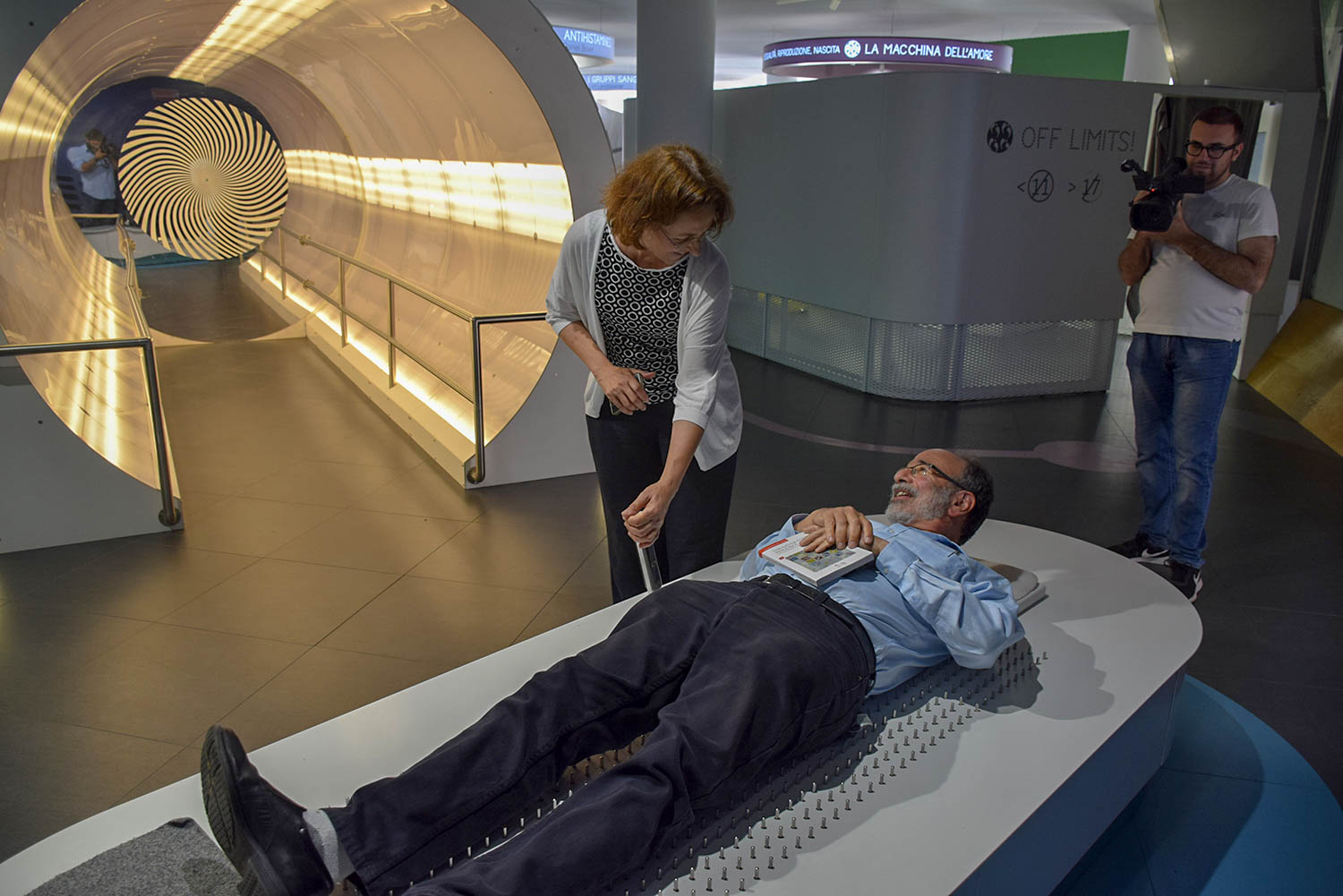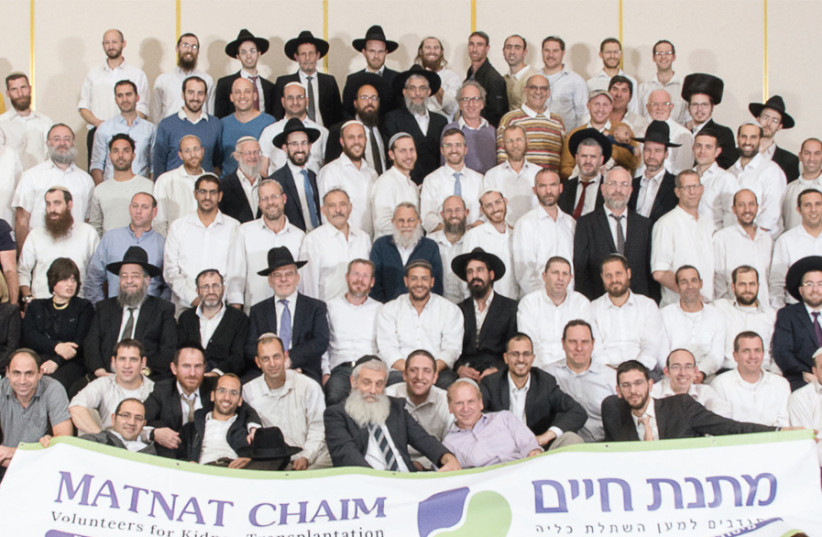Here's an interesting paper on ride sharing, with estimates of the tradeoffs that individuals make between price and waiting time. The data come from the Uber-like ride sharing service Liftago in the Czech Republic, which however offers passengers a tradeoff between price and waiting time.
THE VALUE OF TIME: EVIDENCE FROM AUCTIONED CAB RIDES
Nicholas Buchholz, Laura Doval, Jakub Kastl, Filip Matějka, Tobias Salz
Working Paper 27087 http://www.nber.org/papers/w27087
THE VALUE OF TIME: EVIDENCE FROM AUCTIONED CAB RIDES
Nicholas Buchholz, Laura Doval, Jakub Kastl, Filip Matějka, Tobias Salz
Working Paper 27087 http://www.nber.org/papers/w27087
ABSTRACT: We estimate valuations of time using detailed consumer choice data from a large European ride hail platform, where drivers bid on trips and consumers choose between a set of potential rides with different prices and waiting times. We estimate consumer demand as a function of prices and waiting times. While demand is responsive to both, price elasticities are on average four times higher than waiting-time elasticities. We show how these estimates can be mapped into values of time that vary by place, person, and time of day. Regarding variation within a day, the value of time during non-work hours is 16% lower than during work hours. Regarding the spatial dimension, our value of time measures are highly correlated both with real estate prices and urban GPS travel flows. A variance decomposition reveals that most of the substantial heterogeneity in the value of time is explained by individual differences as opposed to place or time of day. In contrast with other studies that focus on long run choices we do not find evidence of spatial sorting. We apply our measures to quantify the opportunity cost of traffic congestion in Prague, which we estimate at $483,000 per day.
In the body of the paper they say:
"We use detailed consumer choice data from Liftago, a large European ride-hailing application. This platform uses a unique mechanism to allocate each ride through a rapid auction process in which nearby drivers bid on ride requests and requesting consumers choose between bids based on various characteristics. Most importantly, bids often involve tradeoffs between price and waiting time, or the time it would take the taxi to pick up the customer. Contrast this with platforms like Uber and Lyft that employ “surge” pricing to equilibrate demand and supply so that consumers do not get to directly express their preferences over prices and waiting times within the platform. We are able to observe both consumers’ individual choice sets as well as their ultimate selection for 1.9 million ride requests and 5.2 million bids.
"The first contribution of this paper is to provide a direct and clean measurement of consumers’ willingness-to-pay to reduce waiting times. We use the variation in choice sets and choices to estimate a demand system that depends both on prices and waiting times. Such measures are of first-order importance for the provision of public transportation infrastructure as well as for the ride hail industry where price and waiting time are the two key variables on which firms compete. Our setting allows us to overcome some of the empirical challenges in measuring preferences over both prices and waiting-time.
"Our second contribution, building on the work of Small (1982), is to provide a conceptual framework to interpret the disutility of waiting and to demonstrate how the willingness-to-pay for waiting-time reductions can be used to recover the value of time. When consumers choose a shorter wait time over a lower price, they reveal that the value of their time at a particular destination and time-of-day is greater than the value at the original location. Intuitively, the willingness to pay for lower wait times is simply the difference between the value of time at the destination and the value of time at the origin. "
**********
I think the first contribution mentioned above is quite an accomplishment, since I don't know of any equally good measure of consumer preferences for waiting time versus price.
I have some reservations about the value of shorter waiting time being a measure of the value of time at the destination minus the value of time at the origin. That seems to me to be a bit complicated. If I'm at work, ready to go home, and I expect waiting time to be not too long, I might go out of my building before calling a car (and now my value of time where I am is quite low). If I thought the waiting time would be longer, I might call the car from my office, where my value of time could be pretty high. So the value of time "where I am" depends on whether I'm working or just waiting...and that depends on how long I think I'll have to wait.








